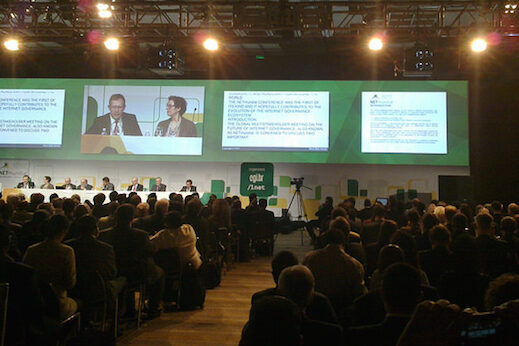Category: Interviews
News
- Articles from Policy & Internet
- Books
- Call for Papers
- Child Safety
- Collective Action
- Conferences
- Democracy
- Development
- Economics
- Education
- Environment
- Ethics
- Governance & Security
- Health
- Interviews
- Mapping
- Methods
- Policy
- Politics & Government
- Publications
- Social Data Science
- Submissions Closed
- Tools
- Video
- Wellbeing
-

Could Voting Advice Applications force politicians to keep their manifesto promises?
A number of studies have shown that VAA use has an impact on the cognitive…
-

Using Open Government Data to predict sense of local community
Advocates hope that opening government data will increase government transparency, catalyse economic growth, address social…
-

Should adverts for social casino games be covered by gambling regulations?
Notably, nearly 90 percent of the advertisements contained no responsible or problem gambling language, despite…
-

How useful are volunteer crisis-mappers in a humanitarian crisis?
—
Concerns have been raised about the quality of amateur mapping and data efforts, and the…
-

Is Left-Right still meaningful in politics? Or are we all just winners or losers of globalisation now?
The Left–Right dimension is the most common way of conceptualising ideological difference. But in an…
-

Has Internet policy had any effect on Internet penetration in Sub-Saharan Africa?
—
It is important for policymakers to ask how policy can bridge economic inequality. But does…
-

How do we encourage greater public inclusion in Internet governance debates?
The Internet is neither purely public nor private, but combines public and private networks, platforms,…
-

Should citizens be allowed to vote on public budgets?
Considered to be a successful example of empowered democratic governance, participatory budgeting has spread among…
-

Governments Want Citizens to Transact Online: And This Is How to Nudge Them There
Peter John and Toby Blume design and report a randomised control trial that encouraged users…


